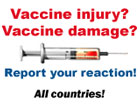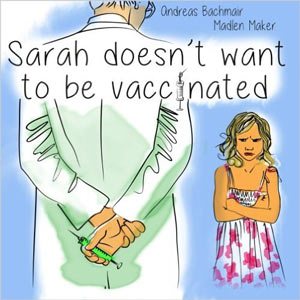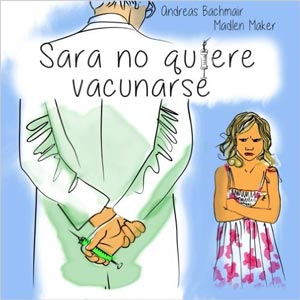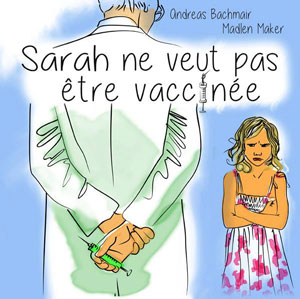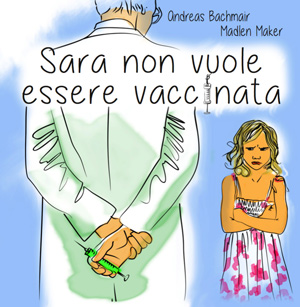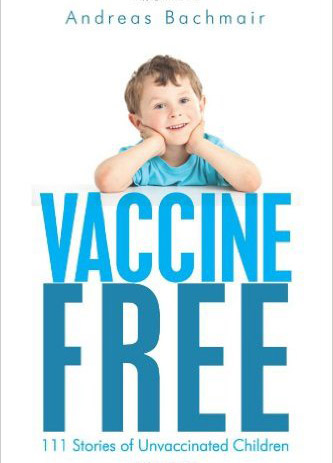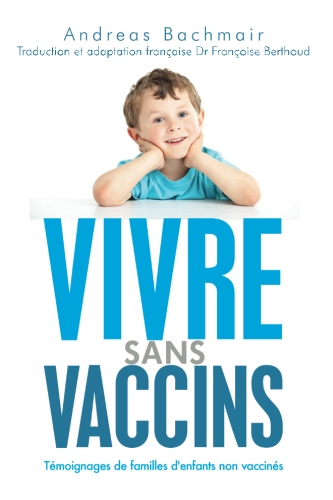Secret CDC Verstraeten study shows neurological developmental disorders with mercury in vaccines
Finally! After all these years of denial and damage, the truth about ethylmercury in the form of Thimerosal (49.6%) in vaccines has been revealed to a member of the U.S. Congress as a result of oversight requests that were sent to the U.S. Centers for Disease Prevention and Control (CDC) and shared with one of the foremost research groups regarding mercury in drugs, CoMeD, whose website is www.mercury-freedrugs.org
The Verstraeten study which was finally published was changed/manipulated in that way, that there was no consistent significant associations found between TCVs and neurodevelopmental outcomes
Publishes Study:
|
Pediatrics. 2003 Nov;112(5):1039-48.
Safety of thimerosal-containing vaccines: a two-phased study of computerized health maintenance organization databases.Verstraeten T, Davis RL De Stefano F, Lieu TA, Rhodes PH, Black SB, Shinefield H, Chen RT; Vaccine Safety Datalink Team. Epidemic Intelligence Service Program, Epidemiology Program Office, Centers for Disease Control and Prevention, Atlanta, Georgia 30333, USA. AbstractOBJECTIVE:To assess the possible toxicity of thimerosal-containing vaccines (TCVs) among infants. METHODS:A 2-phased retrospective cohort study was conducted using computerized health maintenance organization (HMO) databases. Phase I screened for associations between neurodevelopmental disorders and thimerosal exposure among 124 170 infants who were born during 1992 to 1999 at 2 HMOs (A and B). In phase II, the most common disorders associated with exposure in phase I were reevaluated among 16 717 children who were born during 1991 to 1997 in another HMO (C). Relative risks for neurodevelopmental disorders were calculated per increase of 12.5 micro g of estimated cumulative mercury exposure from TCVs in the first, third, and seventh months of life. RESULTS:In phase I at HMO A, cumulative exposure at 3 months resulted in a significant positive association with tics (relative risk [RR]: 1.89; 95% confidence interval [CI]: 1.05-3.38). At HMO B, increased risks of language delay were found for cumulative exposure at 3 months (RR: 1.13; 95% CI: 1.01-1.27) and 7 months (RR: 1.07; 95% CI: 1.01-1.13). In phase II at HMO C, no significant associations were found. In no analyses were significant increased risks found for autism or attention-deficit disorder. CONCLUSIONS:No consistent significant associations were found between TCVs and neurodevelopmental outcomes. Conflicting results were found at different HMOs for certain outcomes. For resolving the conflicting findings, studies with uniform neurodevelopmental assessments of children with a range of cumulative thimerosal exposures are needed. |
Original study:
|
Verstraeten) Thomas M.) MD) NIP , Division o f Epidemiology and Surveillance, V accine Safety and Development Branch, Mailstop E-61, 770-639-8327. Mackel Award consideration: No Thomas M. Verstraeten, R. Davies, D. Gu, F DeStefano Increased risk of developmental neurologic impairment after high exposure to thimerosal-containing vaccine in first month of life.Background: Concern has risen on the presence ofthe ethylmercury containing preservative thimerosal in vaccines. We assessed the risk for neurologic and renal impairment associated with past exposure to thimerosal-containing vaccine using automated data from the Vaccine Safety Datalink (VSD). VSD is a large linked database from four health maintenance organizations in Washington, Oregon and California, containing immunization, medical visit and demographic data on over 400,000 infants born between '91 and '97. Methods: We categorized the cumulative ethylmercury exposure from thimerosal containing vaccines after one month of life and assessed the subsequent risk of degenerative and developmental neurologic disorders and renal disorders before the age of six. We applied proportional hazard models adjusting for HMO,year of birth, and gender, excluding premature babies. Results: We identified 286 children with degenerative and 3702 with developmental neurologic disorders, and 310 with renal disorders. The relative risk (RR) of developing a neurologic development disorder was 1.8 ( 95% confidence intervals [CI] ::: 1.1-2.8) when comparing the highest exposure group at 1 month of age (cumulative dose> 25 ug) to the unexposed group. Within this group we also found an elevated risk for the following disorders: autism (RR 7.6, 95% Cl = 1.8-31.5), nonorganic sleep disorders (RR 5.0, 95% Cl = 1.6-15.9}, and speech disorders (RR 2.1, 95% (1=1.1-4.0). For the neurologic degenerative and renal disorders group we found no significantly increased risk or a decreased risk. Conclusion: This analysis suggests that high exposure to ethylmercury from thimerosal-containing vaccines in the first month of life increases the risk of subsequent development of neurologic development impairment, but not of neurologic degenerative or renal impairment. Further confirmatory studies are needed. |


